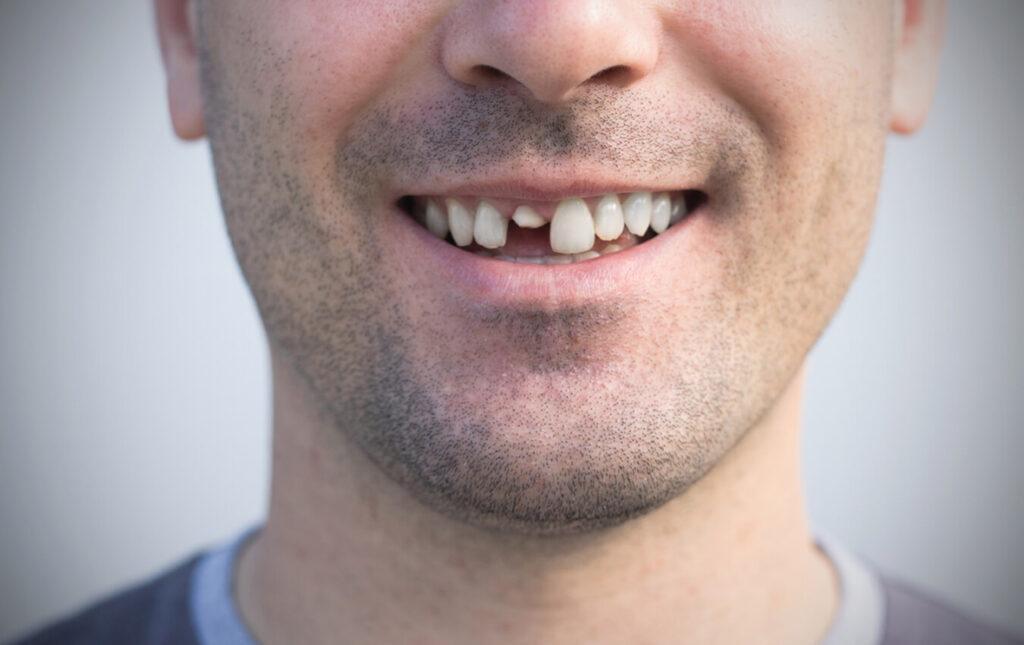
Protecting Your Child — Or Yourself
Any athlete runs the risk of dental injuries, though some sports may carry a higher risk than others. Regardless, it is essential to protect the athlete during both practice and play to prevent painful and costly dental injuries. The focus for prevention of broken, cracked or lost teeth is squarely on the use of mouthguards. Any athlete who plays sports without one is asking for problems.
According the National Youth Sports Foundation for Safety, “an athlete is 60 times more likely to sustain damage to the teeth when not wearing a protective mouthguard.” And every athlete who plays a contact sports has a 10% chance of sustaining a facial (or dental) injury each year.
Mouthguards are such an easily obtained solution that it just doesn’t make sense to risk tooth damage by playing without one. However, not all mouthguards are created equal. There are basically three kinds of mouthguards.
- Stock mouthguards … purchased at a sporting goods store, these are not highly regarded by the elite sports industry because not all mouths are standard, nor are the circumstances, games, and potential injury-producing situations. Stock mouthguards won’t be nearly as comfortable for the athlete, not to mention effective, as custom mouthguards because everyone’s mouth is shaped differently with an endless variety of tooth positions and mouth sizes. The necessity for standardization drastically reduces the mouthguard’s ability to have any effectiveness.
- “Boil and bite” mouthguards … considered minimally effective because even though they theoretically are more molded to the mouth than plain stock mouthguards, studies have shown repeatedly that the available sizes are limited and they don’t often cover the back molars. They are usually too bulky and uncomfortable, have too much give and don’t fit around the teeth and gums well enough to stay put during an injury. If there is “air” between the guard and the tooth, there’s an opportunity for the tooth to move if the face is hit. Both boil and bite and stock mouthguards are well know for being uncomfortable to wear, to interfere with speaking and breathing, and generally don’t fit.
- Custom-made mouthguards … prepared, fitted and maintained by your dentist. These mouthguards ensure that all teeth are covered, the jaw can move freely, and the guard fits properly to ensure it doesn’t move when the athlete gets hit. Custom-made mouthguards are also made to specifics appropriate for each athlete’s sport, the conditions of the mouth (does the person have braces, for example), and the size and shape of the mouth and teeth. These mouthguards are comfortable for the athlete, who can talk and breathe easily while wearing it.
The American Dental Association recommends wearing custom-made mouthguards for just about all school sponsored sports and for a long list of other sports played by adults and elite athletes.

